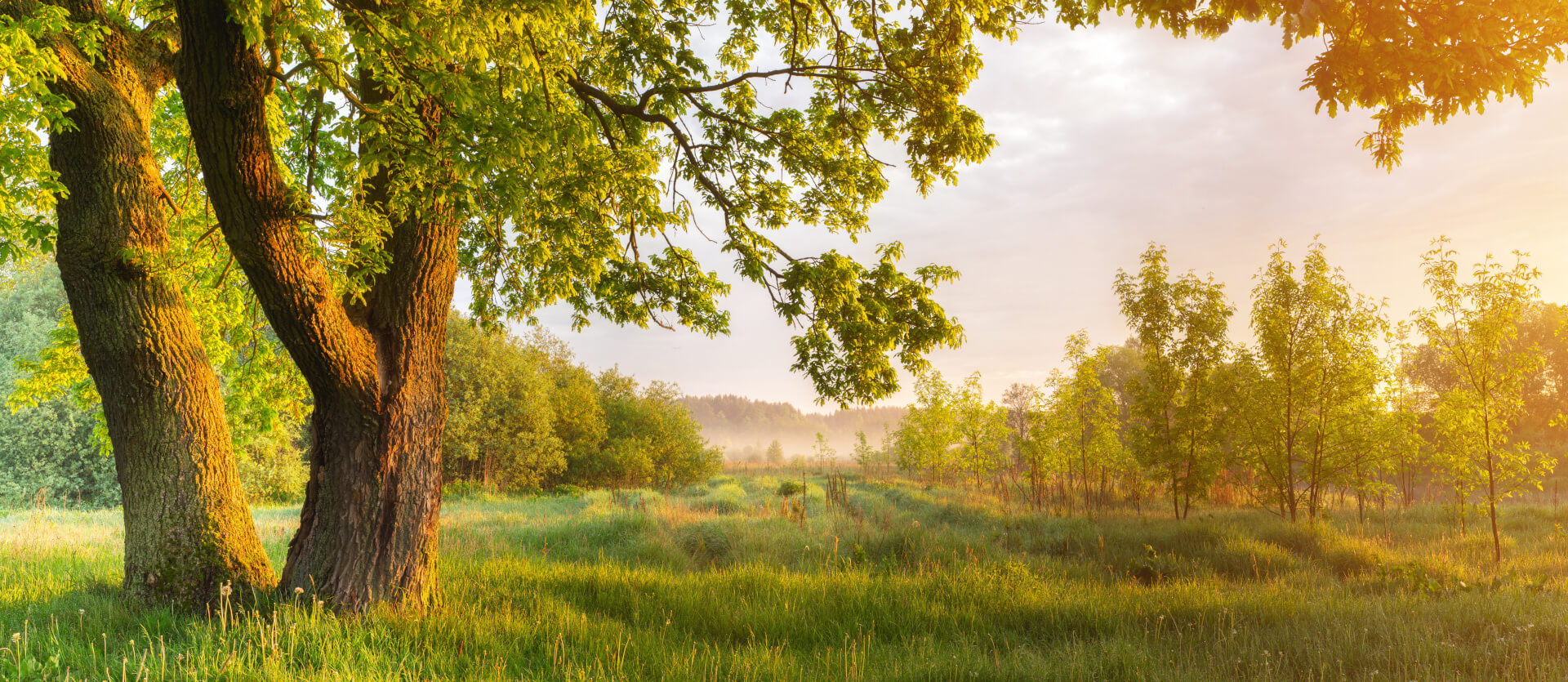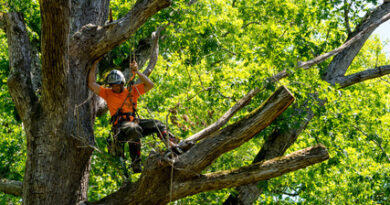Add a POP of Color with Flowering Ornamentals
Every landscape looks great when flowering trees and shrubs are blooming. When the right plant is in the right place, it’s magic! Ornamentals are a great choice for adding a pop of color in a landscape since they are usually small and easily managed. Here are a few that will do well in many situations.
Eastern Redbud (Cercis canadensis)
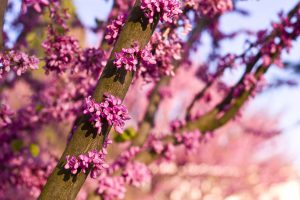
This species has a lot of variations, each one with features to love. “Forest Pansy” has purple foliage with red branches. “Oklahoma” has dark red flowers with shiny foliage. “Alba” has white flowers. With a mature height of 25-35 feet, redbuds perform for the landscape all year long. Spring produces flowers on bare branches. Green heart-shaped leaves follow in the summer months and then turn yellow in fall. During winter, the attractive bark enhances its surroundings. These trees are hardy and will grow in sun or shade, alkaline or moist soils and even in containers. Redbud adapts best to hardiness zones 5-7, but can grow in zones 4-8. Get additional recommendations for caring for redbud.
Katsura (Cercidiphyllum japonicum)
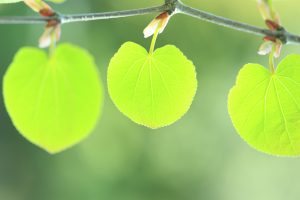
This deciduous tree grows slowly, eventually up to 40 feet or more. Its natural growth is multi-trunked with branches that spread to provide filtered shade. However, it can be trained as a single trunk tree that has a vase-like shape when mature. The leaves seem to constantly change color, from reddish purple in spring to dark green tinted with red in summer. In autumn, the colors are scarlet and gold. The Katsura species tolerates moist soil and shade but hot sun and drying winds should be avoided. It is pest resistant. Plantings grow best in hardiness zones 4-8.
Golden Rain Tree (Koelreuteria paniculata)
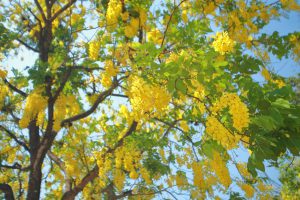
This deciduous tree has a rounded outline with widespread open branches to a flat crown. It is well proportioned, fast growing and retains its symmetry with a little pruning. Spring buds open to become beautiful yellow flowers. If watered well, the plant produces fruit pods that look like lanterns. Honeybees are highly attracted to the blooms. Hardy to an extreme, it is tolerant of high winds, alkaline soil, drought conditions and changes in temperature. It does not sustain much wind damage or salt injury nor does it seem to have problems with soil nutrient deficiencies. It is resistant to insects and disease.
Snowdrop Tree (Halesia carolina)

The snowdrop tree is common to the southeast. It exhibits slow to moderate growth of up to 25-30 feet. The tree is pyramid shaped in youth and becomes more rounded as it matures. Its white blooms, which look like wedding bells, appear in May. When paired with under plantings like azaleas or rhododendrons, the effect can be striking. The bark is attractive, scaled and very dark. The leaves are yellow-green in summer months turning to yellow in fall. Moist, well-drained soil is preferred. This species does well in shade and may need a pruning to maintain shape.
Smoke Tree (Cotinus coggygria)
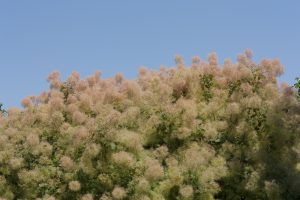
The smoke tree achieves moderate growth to 15-25 feet and has a broad urn shape with a rounded crown. Pruning can produce a multi-trunked form. The smoke tree takes its name from its stunning flowers. After blooming, the flowers resemble wisps of smoke. Leaf color is blue-green and there are even varieties with purple blossoms. All varieties exhibit a beautiful, orange-red fall color. Smoke tree is hardy and drought tolerant and prefers dry soils with good drainage.
The post Add a POP of Color with Flowering Ornamentals first appeared on Tree Topics.
Did you miss our previous article…
https://www.mikesaustintreeservice.com/?p=259

